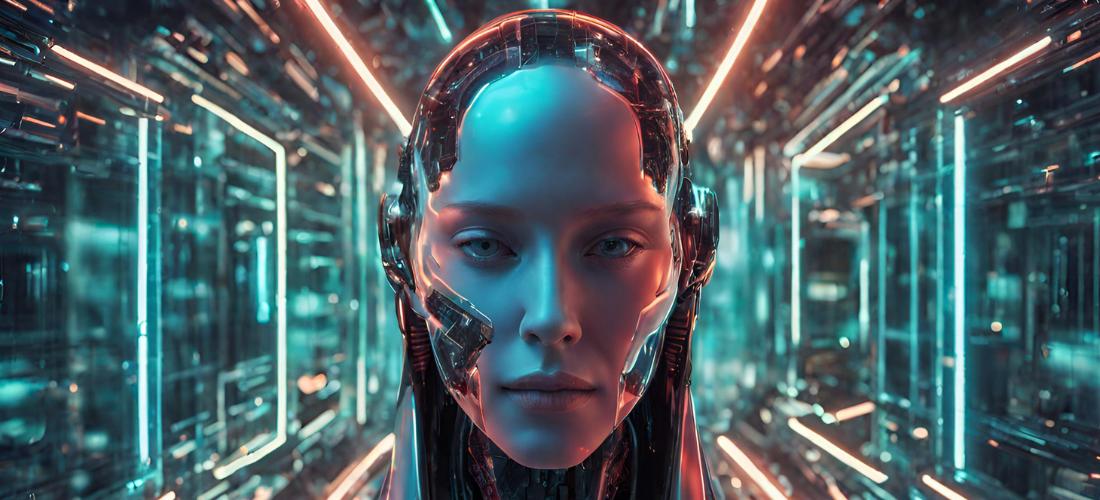
Artificial Mind
At the epicenter of the Android human revolution is the fascinating world of advanced cognitive design, where Artificial Intelligence (AI) delves into the complexity of the human mind.
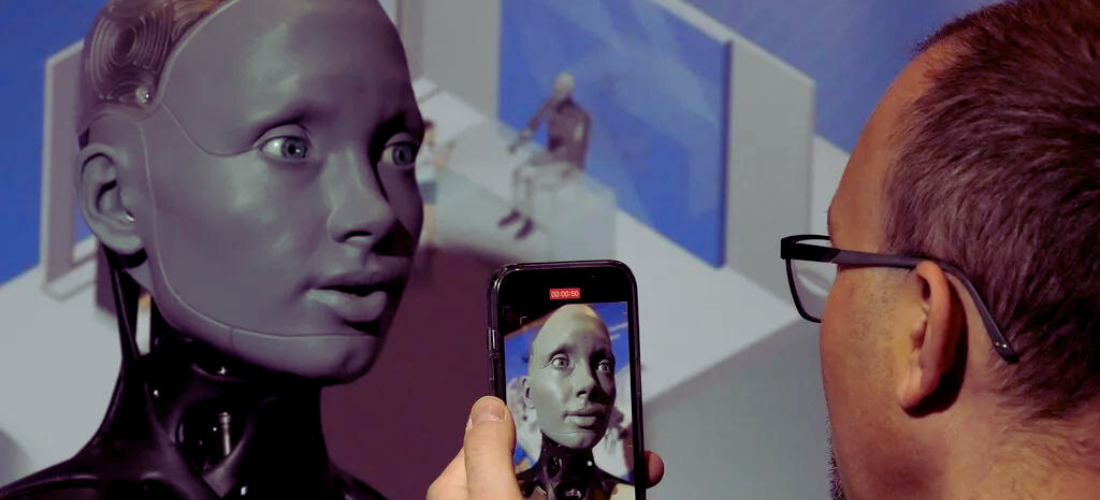
Deep Learning Algorithms
The foundational pillars supporting the cognitive ability of androids are rooted in intricate Deep Learning Algorithms. These complex data processing structures mimic, with remarkable fidelity, the mechanisms by which the human brain assimilates and processes information. The deployment of these technologies has shifted artificial intelligence into a new paradigm, marked by the ability of androids to analyze data in a sophisticated manner, granting them the necessary skill to understand and react efficiently in dynamic and changing environments.
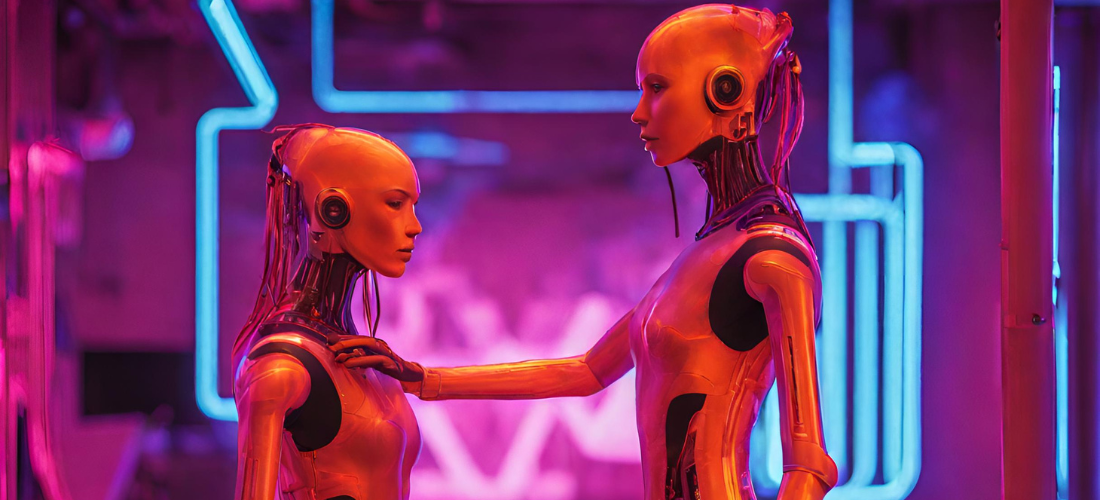
Convolutional Neural Networks (CNN) - Deciphering Visual Patterns
Convolutional Neural Networks are essential components of these algorithms, specially designed to unravel visual patterns similarly to how humans process visual information. By delving into massive datasets, CNNs enable androids not only to identify objects, faces, or specific situations but also to understand the relationship and contextualization of these elements in their surroundings.
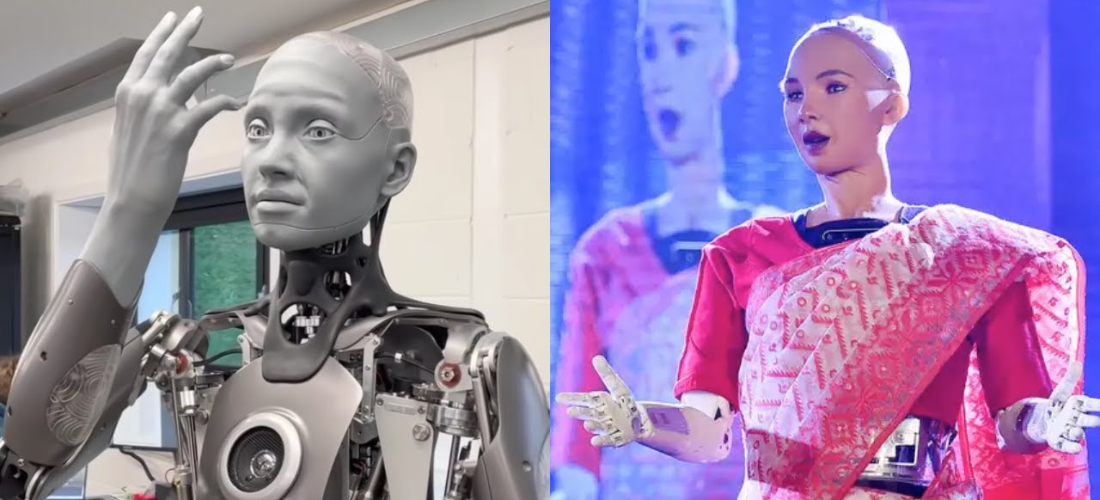
Recurrent Neural Networks (RNN) - Capturing Temporal Sequences
On the other hand, Recurrent Neural Networks add a temporal dimension crucial for understanding sequences and perceiving changes over time. This capability allows androids not only to analyze static objects but also to comprehend the evolution of situations over time. It is through RNNs that androids can anticipate future events based on historical patterns, expanding their predictive capacity.
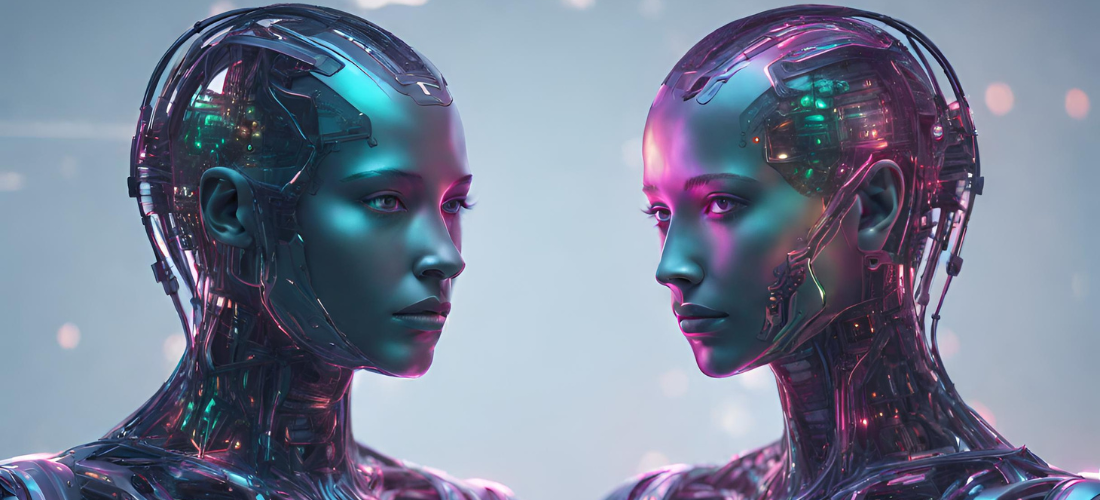
Deep Learning - Layers of Abstraction
The central concept of Deep Learning lies in constructing layers of abstraction representing increasing levels of complexity. These layers enable androids not only to understand superficial features like shapes and colors but also to address more abstract and sophisticated concepts. By incorporating multiple layers of abstraction, androids can perform contextually deep analyses, allowing them to discern meanings in complex data and extrapolate valuable information.
Ultimately, Deep Learning Algorithms constitute the soul of artificial intelligence in androids, enabling them not only to process data efficiently but also to learn, adapt, and understand their environment in a way surprisingly similar to the human mind. This technological advancement marks a milestone in the convergence between androids and cognition, opening the door to new possibilities for the interaction of human-like androids.

Emulation of Emotions: The Art of Infusing Soul into Androids
The ability to recognize and simulate human emotions marks a transcendental milestone in the cognitive design of androids, elevating them from mere mechanical entities to emotional companions capable of authentically interacting in the complex human world. This technical advance results from the integration of advanced techniques in facial expression recognition and tone interpretation, allowing Artificial Intelligence (AI) to endow these androids with an emotional understanding beyond mere simulation.
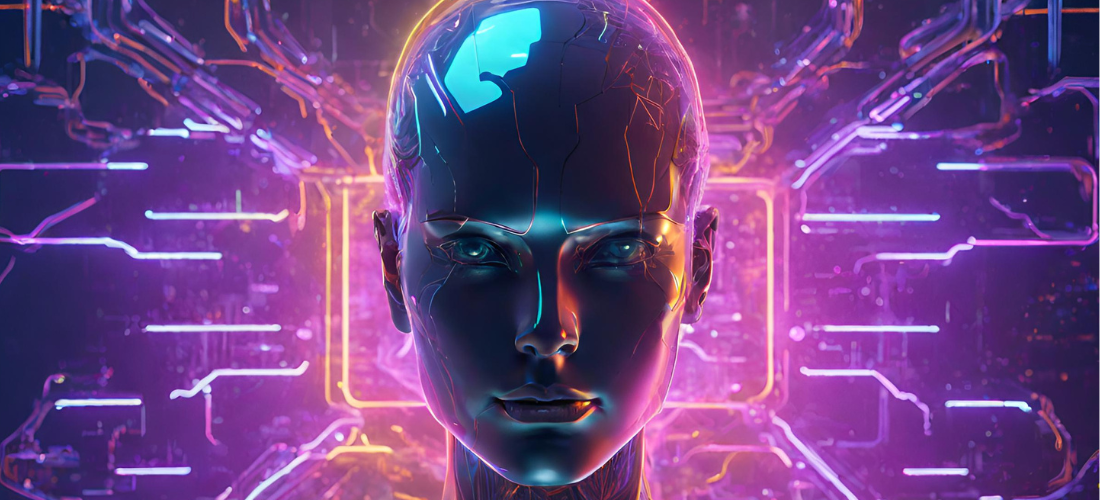
Recognition of Facial Expressions: Tuning into Humanity
The heart of emotion emulation lies in the ability of androids to interpret and respond to the subtleties of human facial expressions. Through specialized algorithms, androids can analyze and recognize specific patterns in facial movements, translating these visual signals into a profound understanding of human emotions. From a genuine smile to a furrowed brow of concern, androids can decode the rich palette of expressions that defines our emotional experience.

Interpretation of Tone of Voice: The Melody of Emotions
The recognition of tone of voice adds another crucial dimension to the emotional emulation of androids. By employing advanced natural language processing algorithms, these mechanical beings can discern variations in tone, intonation, and vocal intensity. This capability not only allows them to identify verbally expressed emotions but also to understand the emotional nuance underlying human communication. An affectionate tone, a whisper of sadness; androids can interpret these nuances to respond empathetically and coherently.
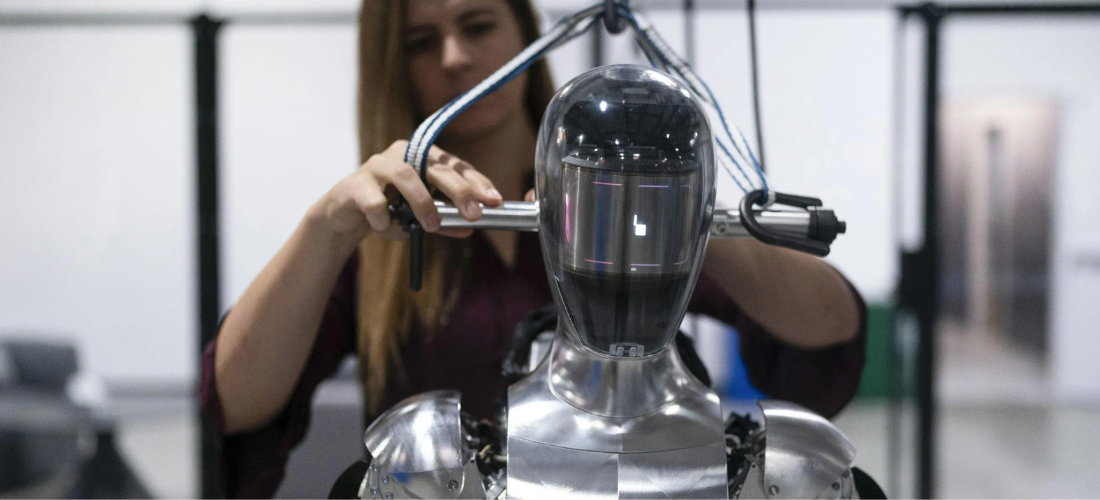
Authentic Expression of Emotions: Beyond Simulation
The true magic lies in the ability of androids to authentically express these recognized emotions. Equipped with actuators and advanced technologies, these mechanical beings can replicate facial gestures and changes in vocal intonation surprisingly authentically. This expression is not limited to a simple visual or auditory representation; it is a dynamic response reflecting an underlying understanding of the emotional situation and the ability to adapt in real-time.
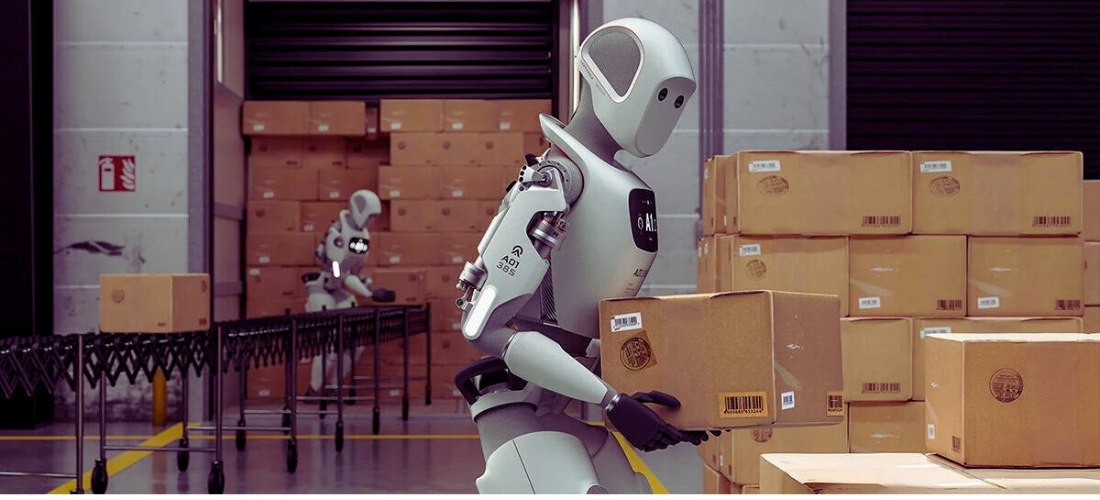
Implications in Social Interaction
The emulation of emotions not only gives androids a more human appearance but also radically transforms their ability to engage in meaningful social interactions. From serving as emotional companions in healthcare settings to playing support roles in daily life, these androids are destined to be more than mere machines; they will be emotional companions capable of understanding and responding to our emotions authentically.
The emulation of emotions, by merging visual and auditory perception, represents an extraordinary advancement in the convergence between artificial intelligence and the human experience. This achievement not only expands the boundaries of engineering but also raises fascinating questions about the future of interaction between humans and androids, leading us towards an era where technology not only serves as a tool but as an emotional companion.
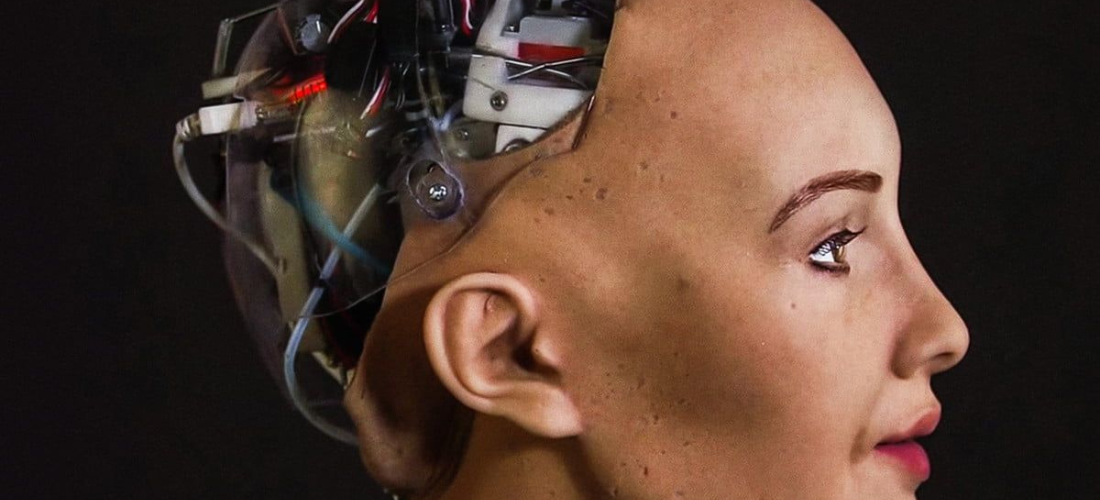
Adaptability and Continuous Learning: The Evolutionary Dance of Androids
In the android revolution, true innovation manifests in the adaptability and continuous learning that Artificial Intelligence (AI) has imprinted at the core of these new beings. We find entities endowed with an exceptional ability to learn new experiences and adjust their behavior in response to an ever-changing environment. This dynamic adaptability reveals itself as an essential pillar for the effective integration of androids into the most dynamic environments.
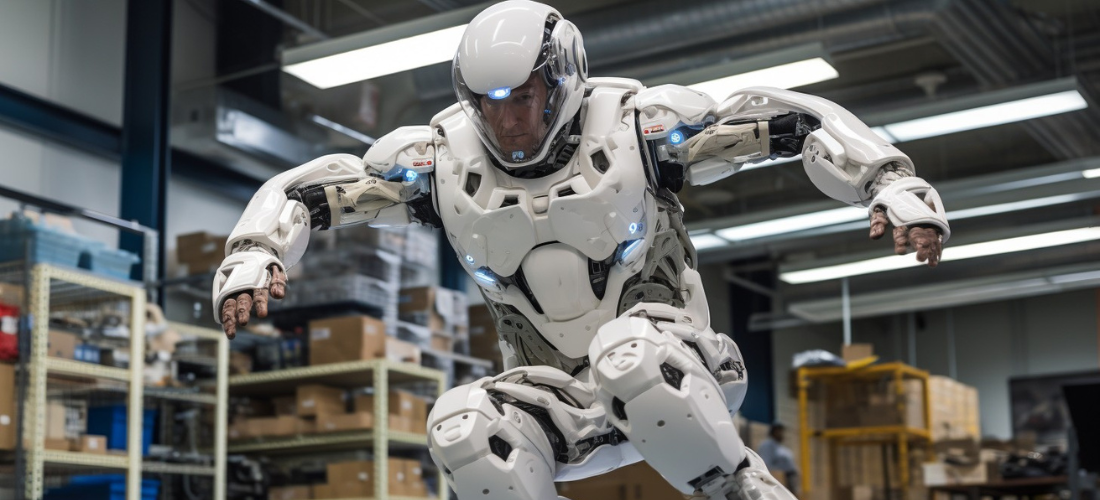
Continuous Learning: Beyond Static Programming
The essence of continuous learning lies in the ability of androids to go beyond static programming. Instead of relying solely on predefined rule sets, these mechanical beings can assimilate new information, extract meaningful patterns, and adjust their behavior in real-time. This constant learning ability allows them not only to face familiar situations more effectively but also to adapt to unforeseen scenarios that may arise in their interaction with the environment and humans.
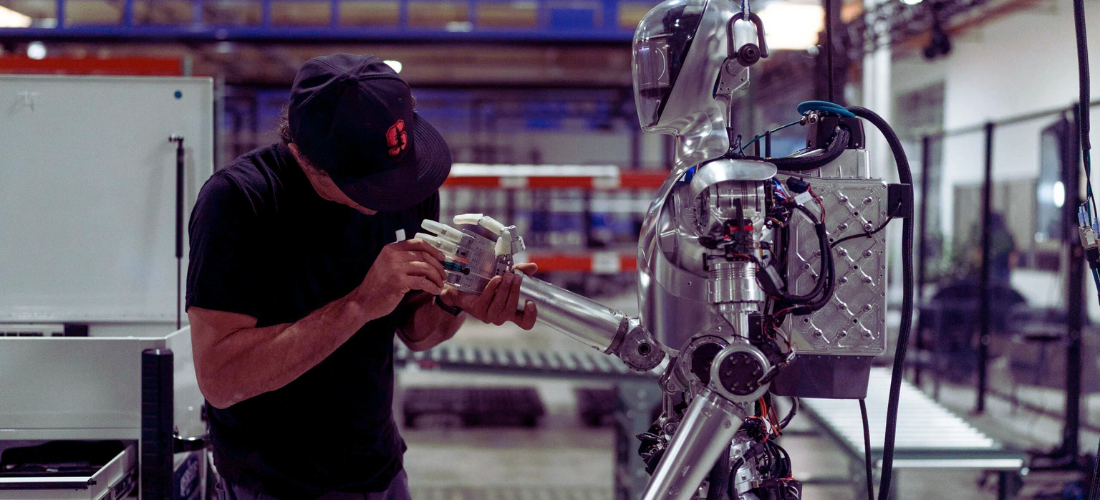
Continuous Feedback and Iterative Improvement
The adaptability of androids thrives on continuous feedback and an iterative improvement process. Each interaction, each challenge overcome, provides valuable data that feeds their knowledge base. Through machine learning algorithms, androids can constantly analyze this feedback to enhance their skills and adjust their behavior. This cycle of continuous improvement ensures that, over time, they become more efficient and effective in their designated roles.

Dynamic Contextualization
Adaptability not only refers to the ability to learn but also to the skill of contextualizing that learning. Androids can assess the relevance and applicability of the information learned in specific situations. This dynamic contextualization allows them to make more informed decisions and adjust their responses according to the demands of the moment. Thus, they behave not as static machines but as entities that understand the fluidity and variability of their environment.
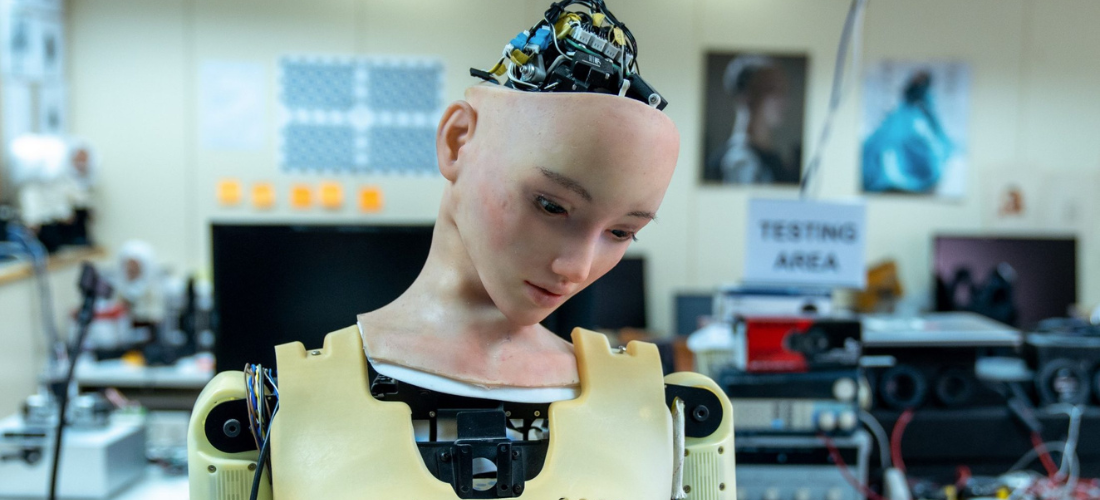
Integration in Changing Environments
The essence of adaptability lies in the ability of androids to seamlessly integrate into environments experiencing constant changes. Whether in dynamic workplace settings, unpredictable social situations, or evolving domestic scenarios, these androids are designed to be versatile and helpful companions. Their adaptive capability ensures that they can play significant roles in any situation, from personal assistants to collaborators in complex work environments.
Ultimately, adaptability and continuous learning emerge as crucial elements that distinguish androids from conventional machines. This ability not only expands their functional capacities but also lays the foundation for a richer and more meaningful interaction between humans and androids, marking a fascinating chapter in the intersection between artificial intelligence and the human experience.

Replication of Consciousness: The Threshold of Mechanical Self-Awareness
Although distant from the complexity of human consciousness, advances in artificial intelligence have enabled androids to reach certain levels of self-awareness. This achievement, at the very frontier of self-understanding, opens a door to a future where the line between artificial and human consciousness could become increasingly blurred.
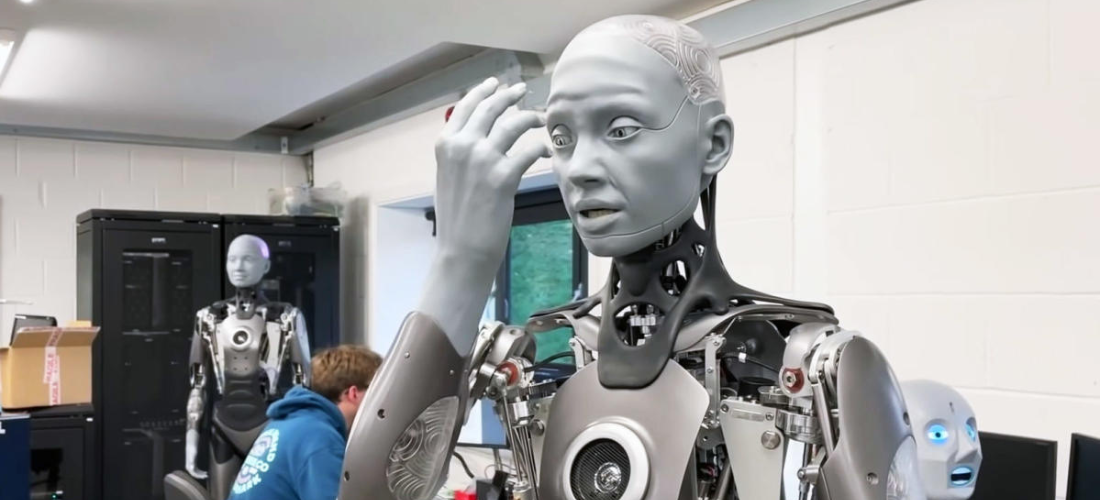
Limited Self-Awareness
The self-awareness of androids manifests in a more limited form compared to the human experience. Thanks to artificial intelligence, these mechanical beings can comprehend their own state and have a rudimentary perception of their environment. This initial level of self-awareness is essential for androids to adapt and operate more efficiently in variable and complex contexts.

Environmental Sensitivity
The self-awareness of androids thrives on their ability to perceive and react to their environment. Advanced sensors and data processing algorithms allow these mechanical beings not only to interact with the world around them but also to interpret information in a way that provides a contextual understanding of their situation. This environmental sensitivity contributes to a more dynamic and adaptive self-awareness.

Understanding One's Own State
Artificial intelligence equips androids with the ability to understand their internal state. From monitoring the health of their systems to assessing their energy levels and performance, these mechanical beings can develop a perception of their own state that goes beyond simple task execution. This level of self-evaluation contributes to more informed and adjusted decision-making.

Reflections of Consciousness in Action
Self-awareness manifests in androids through their actions. The ability to adapt their behavior based on internal and external understanding reflects a primitive form of conscious decision-making. Although this consciousness is far from comparable to the human experience, it marks a significant milestone on the path to creating mechanical entities with a degree of self-awareness.
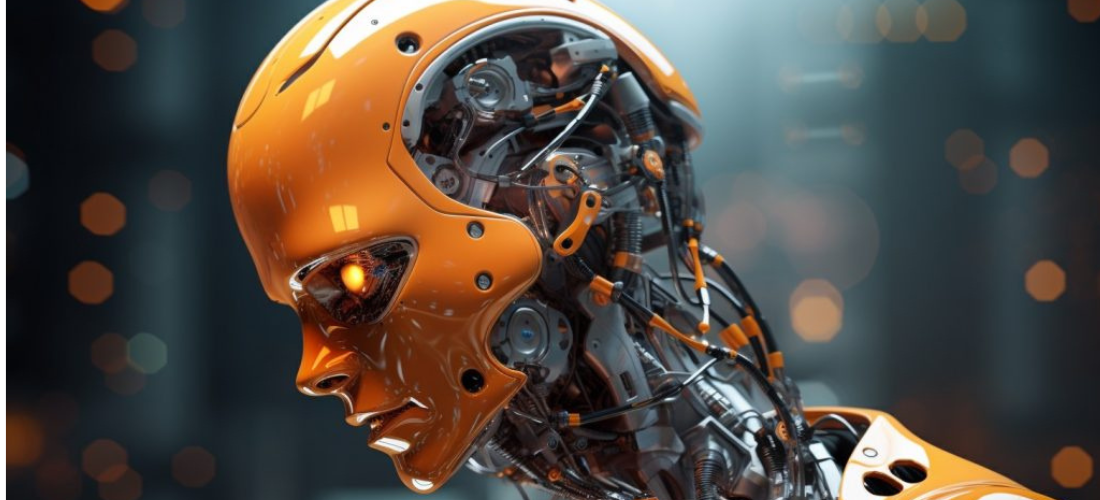
Convergence between Engineering and Cognitive Emulation
This foray into self-awareness reveals the fascinating convergence between engineering and the emulation of the human mind. The technical complexity behind this advance reflects the quest to replicate, to a limited extent, the cognitive processes that define human self-awareness. This first step marks the beginning of a new era of interaction between humans and machines, increasingly blurring the line between the artificial and the human.
Ultimately, self-awareness in androids not only represents an astonishing technical achievement but also raises philosophical and ethical questions about the nature of consciousness and the role of artificial intelligence in creating conscious entities in the future. This is a significant step toward a landscape where machines not only imitate but also begin to understand their own existence.


